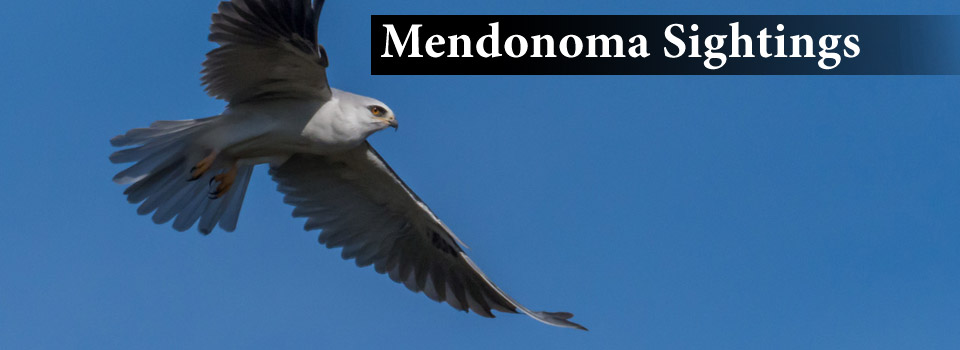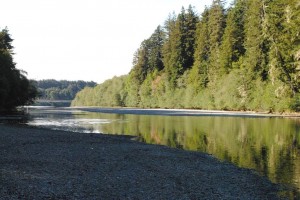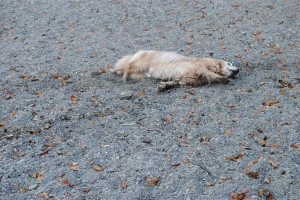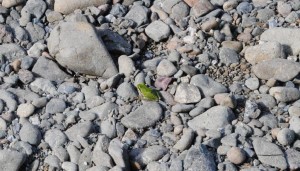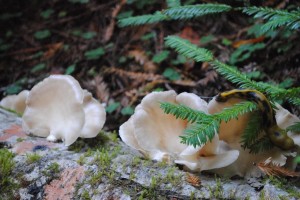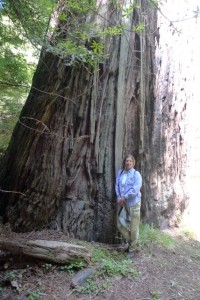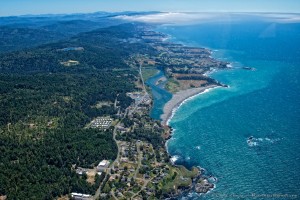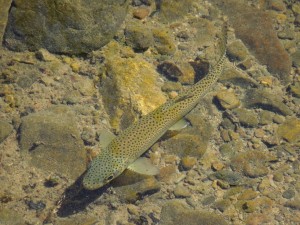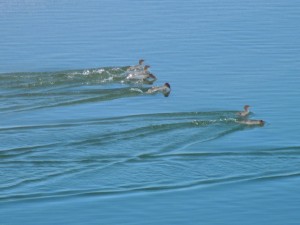Of course we took our golden retriever, Huckleberry, along. He LOVES the Gualala River.
And taking a gravel bath afterwards. Life is very good indeed when you are a golden.
Walking back Rick saw this little Chorus Frog jump. Its new name is Sierran Tree Frog.
Entering the forest we were surprised to see fresh Oyster Mushrooms growing on downed tree. A Banana Slug is enjoying a nice meal, provided courtesy of Mother Nature. The fog has been so heavy and dense, there was enough moisture for this edible mushroom to fruit.
Autumn on the Mendonoma Coast - it's magic!
